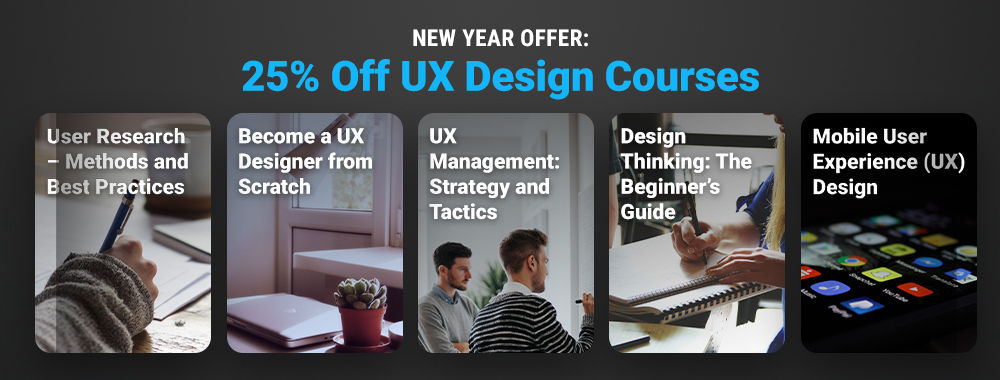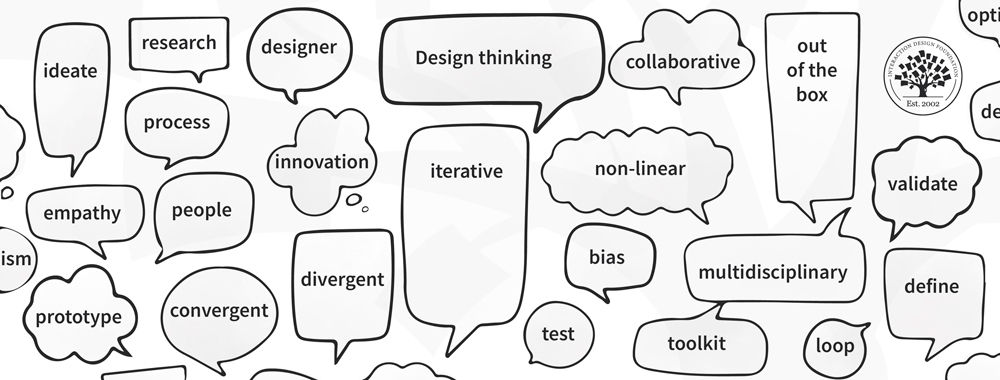The four threads of experience and six processes of sense-making outlined by McCarthy and Wright in their "Technology as Experience" apply to both digital and non-digital experiences. Here we’ll learn how they can be used to design more meaningful and impactful experiences.
In this short clip, HCI Professor Alan Dix discusses experience itself, primarily based on an influential book in this field called Technology as Experience, by John McCarthy and Peter Wright. While the book was published in 2004, it is still very relevant and its age means that it is now available as a free download (see references below). It is well worth reading if this is an area that interests you.
Show
Hide
video transcript
- Transcript loading…
In the McCarthy and Wright book (and in part mentioned by Alan) are four threads of experience,
Sensual: visual, aural, tactile
Emotional: feelings, relationships
Compositional: integrity, coherence
Spatio-temporal: sense of time and location
And six processes of sense-making,
Anticipating: what is going to happen
Connecting: pre-cognitive sensation (perhaps a sense of tension or the thrill of novelty)
Interpreting: complex emotions
Reflecting: looking back
Appropriating: interweaving into life
Recounting: telling others
While many of these points are self-explanatory, at least to a superficial extent, some bear further consideration:
The compositional sense can be closely related to the design elements on a page or to the sequence of interactions in a process described by a user journey (for example). How do these fit together? Do they make sense as a whole?
Appropriating means to make our experiences our own by relating them to our own values and history.
The Takeaway
Experience design is an important area of study in HCI. Designers intentionally create products or services to provide users with positive experiences. Technology as Experience by McCarthy and Wright describes four threads of experience, sensual, emotional, compositional, and spatiotemporal. These threads are integrated into six sense-making processes: anticipating, connecting, interpreting, reflecting, appropriating, and recounting. We must take these threads and processes into account when we design digital products.
References and Where to Learn More
Technology as Experience - “The experience of enchantment in human-computer interaction” (McCarthy & Wright, book, pdf)











